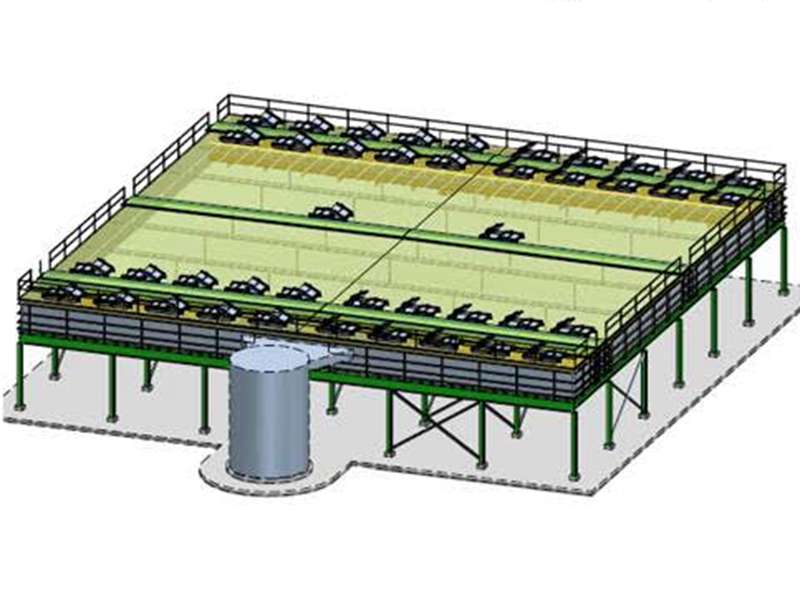
-
 Afrikaans
Afrikaans -
 Albanian
Albanian -
 Amharic
Amharic -
 Arabic
Arabic -
 Armenian
Armenian -
 Azerbaijani
Azerbaijani -
 Basque
Basque -
 Belarusian
Belarusian -
 Bengali
Bengali -
 Bosnian
Bosnian -
 Bulgarian
Bulgarian -
 Catalan
Catalan -
 Cebuano
Cebuano -
 China
China -
 China (Taiwan)
China (Taiwan) -
 Corsican
Corsican -
 Croatian
Croatian -
 Czech
Czech -
 Danish
Danish -
 Dutch
Dutch -
 English
English -
 Esperanto
Esperanto -
 Estonian
Estonian -
 Finnish
Finnish -
 French
French -
 Frisian
Frisian -
 Galician
Galician -
 Georgian
Georgian -
 German
German -
 Greek
Greek -
 Gujarati
Gujarati -
 Haitian Creole
Haitian Creole -
 hausa
hausa -
 hawaiian
hawaiian -
 Hebrew
Hebrew -
 Hindi
Hindi -
 Miao
Miao -
 Hungarian
Hungarian -
 Icelandic
Icelandic -
 igbo
igbo -
 Indonesian
Indonesian -
 irish
irish -
 Italian
Italian -
 Japanese
Japanese -
 Javanese
Javanese -
 Kannada
Kannada -
 kazakh
kazakh -
 Khmer
Khmer -
 Rwandese
Rwandese -
 Korean
Korean -
 Kurdish
Kurdish -
 Kyrgyz
Kyrgyz -
 Lao
Lao -
 Latin
Latin -
 Latvian
Latvian -
 Lithuanian
Lithuanian -
 Luxembourgish
Luxembourgish -
 Macedonian
Macedonian -
 Malgashi
Malgashi -
 Malay
Malay -
 Malayalam
Malayalam -
 Maltese
Maltese -
 Maori
Maori -
 Marathi
Marathi -
 Mongolian
Mongolian -
 Myanmar
Myanmar -
 Nepali
Nepali -
 Norwegian
Norwegian -
 Norwegian
Norwegian -
 Occitan
Occitan -
 Pashto
Pashto -
 Persian
Persian -
 Polish
Polish -
 Portuguese
Portuguese -
 Punjabi
Punjabi -
 Romanian
Romanian -
 Russian
Russian -
 Samoan
Samoan -
 Scottish Gaelic
Scottish Gaelic -
 Serbian
Serbian -
 Sesotho
Sesotho -
 Shona
Shona -
 Sindhi
Sindhi -
 Sinhala
Sinhala -
 Slovak
Slovak -
 Slovenian
Slovenian -
 Somali
Somali -
 Spanish
Spanish -
 Sundanese
Sundanese -
 Swahili
Swahili -
 Swedish
Swedish -
 Tagalog
Tagalog -
 Tajik
Tajik -
 Tamil
Tamil -
 Tatar
Tatar -
 Telugu
Telugu -
 Thai
Thai -
 Turkish
Turkish -
 Turkmen
Turkmen -
 Ukrainian
Ukrainian -
 Urdu
Urdu -
 Uighur
Uighur -
 Uzbek
Uzbek -
 Vietnamese
Vietnamese -
 Welsh
Welsh -
 Bantu
Bantu -
 Yiddish
Yiddish -
 Yoruba
Yoruba -
 Zulu
Zulu
Effective Techniques and Strategies for Optimizing Rock Bit Insertion Processes
Inserting Rock Bits Techniques and Strategies for Efficiency
In the realm of drilling and geological exploration, the importance of effective rock bit insertion cannot be overstated. The right techniques and strategies not only enhance operational efficiency but also significantly reduce costs. This article will explore the best practices for inserting rock bits, providing insights into different methods and their benefits.
Understanding Rock Bits
Rock bits are essential tools used in drilling applications to break rock formations and create boreholes. The type of rock bit selected—be it a roller cone bit, PDC bit, or diamond bit—depends on the geological conditions and the specific requirements of the drilling project. Each bit type has unique characteristics that affect its performance, longevity, and suitability for various rock types.
Selection of the Right Rock Bit
Choosing the appropriate rock bit is the first step toward ensuring efficient insertion. Factors to consider include the hardness of the rock, the presence of fractures, and the required penetration rate. For example, PDC bits are often used in softer rock formations due to their high penetration rates. Conversely, roller cone bits may be more suitable for harder rocks. Conducting a geological survey prior to drilling can provide valuable insights that inform this selection process.
Efficient Insertion Techniques
inserting rock bits techniques and strategies for efficient

1. Optimizing Weight on Bit (WOB) Adjusting the weight applied to the rock bit is crucial for maximizing efficiency. Too much weight can lead to premature wear or damage, while too little can result in inadequate penetration. Finding the optimal WOB requires careful monitoring and adjustments based on real-time drilling performance data.
2. Rotational Speed Management The speed at which the rock bit rotates also significantly impacts drilling efficiency. Higher RPMs can enhance penetration rates but can also lead to increased heat generation and wear on the bit. Drillers must find a balance that maximizes performance without sacrificing bit longevity.
3. Fluid Circulation The circulation of drilling fluids plays a vital role in maintaining the efficiency of rock bit insertion. Proper fluid circulation helps to cool the bit, remove cuttings from the borehole, and stabilize the wellbore. The choice of drilling fluid—water-based or oil-based—can affect these aspects, and drilling teams should select based on the specific conditions encountered during the project.
4. Monitoring and Data Analysis Modern drilling operations increasingly rely on technology to enhance insertion techniques. Real-time data collection and analysis can provide insights into performance metrics such as rate of penetration (ROP), bit wear, and vibration levels. This data allows operators to make timely adjustments that can lead to improved efficiency and reduced downtime.
5. Bit Replacement Strategies Knowing when to replace a rock bit can significantly impact the productivity of drilling operations. Signs of wear, such as a decrease in penetration rate or increased vibration, should alert the team to consider a bit change. Employing a proactive bit replacement strategy can prevent unexpected breakdowns and prolong overall project timelines.
Conclusion
The insertion of rock bits is a critical element in drilling operations that requires careful consideration and planning. By selecting the appropriate bit, optimizing operational parameters, and utilizing technology for monitoring and analysis, drilling teams can enhance efficiency and reduce costs. The combination of sound techniques and strategies ensures not only successful drilling projects but also contributes to the overall sustainability of the industry's practices. As the field continues to evolve, ongoing research and development will undoubtedly lead to even more advanced methods for efficient rock bit insertion, paving the way for future innovations in drilling technology.









